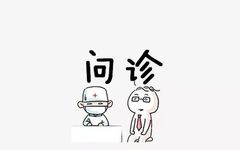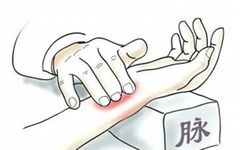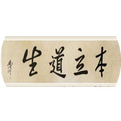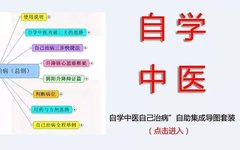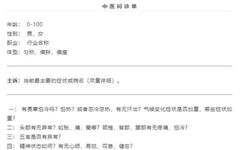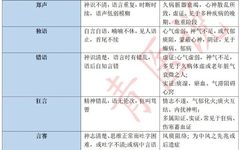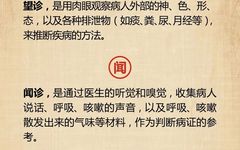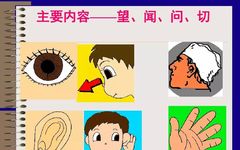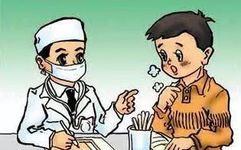Key Points of Inquiry in Traditional Chinese Medicine
Key Points of Inquiry: 1. Fever 1. Onset time, season, situation of onset (acute or chronic), course of illness, severity (high or low fever), frequency (intermittent or continuous), and triggers. 2. Presence of chills, shivering, profuse sweating, or night sweats. 3. Accompanying symptoms: cough, sputum, hemoptysis, chest pain; abdominal pain, vomiting, diarrhea; frequent urination, urgency, … Read more


